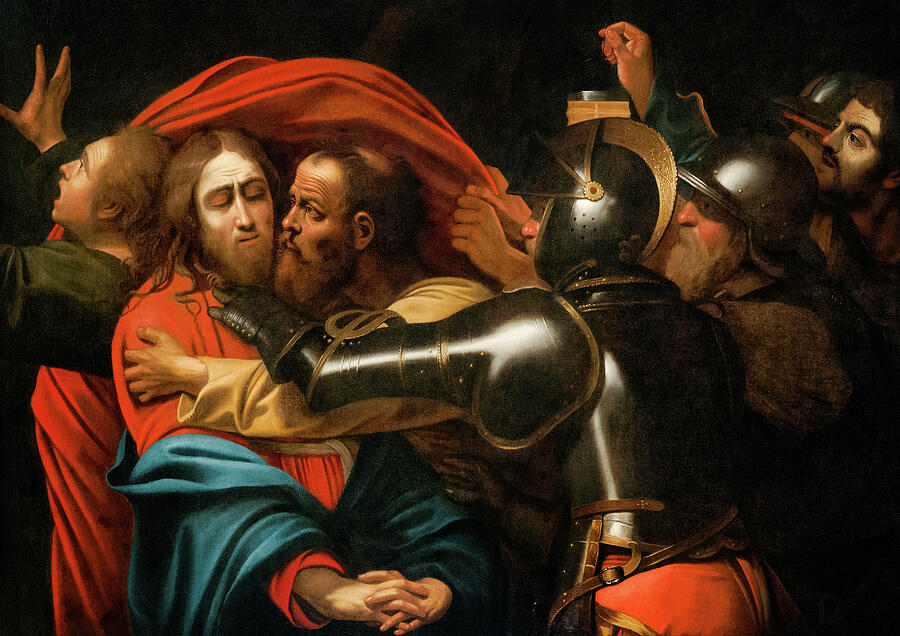

Also, there are no mirrors in the painting of Caravaggio (nor in this above painting by Dali). Such was his legacy that young Italian artists in the following generation inspired by his techniques were known as 'Caravaggisti'.My recent posting about Narcissus could have slightly surprised an ‘attentive audience’™ of this blog: what exactly is the relevance of Narcissus to my mirror stories? At the end, he looks at water, not mirror. This work is a sagacious comparison between Narcissus and artists, who all draw on themselves to create their art.Ĭaravaggio made chiaroscuro a dominant stylistic element of his vast body of work. Caravaggio preferred to work with live models, painting directly onto the canvas, rather than draft an initial sketch.įamed for his use of light and shade (a technique known as chiaroscuro), Caravaggio's clever shading provides depth to the pool, making the viewer feel they could reach out and touch the water. Against a dark background, the stark contrast of Narcissus' white shirt and arms creates the impression of a circle with the reflection of his leaning forearms, perhaps representing the dark infinity of obsessive self love. In this painting Narcissus is depicted seated by a pool of water, leant over and fixated on his reflection.

This mythological story is the origin of the word 'narcissism', where someone is fixated with oneself and their attributes, and has an inflated sense of superiority. Narcissus demonstrates the unhappy downfall of one who loves oneself or ones possessions too much. Legend has it that a beautiful yellow narcissus flower then bloomed where he died and was named in his honour. Narcissus fell irrevocably in love with his reflection, then lost the will to live, no longer eating or drinking, and eventually died. Nemesis, the God of retribution, heard one of his rejected lover's wishes for vengeance, and tempted Narcissus over to a pool where he saw his own reflection. Narcissus was a proud hunter who rejected anyone who fell in love with him. Housed in the Galleria Nazionale d'Arte Antica in Rome, Italy this 110 x 92 cm portrait painting portrays the Classical Greco-Roman mythological story of a handsome, vain young boy who falls in love with his own reflection. His patrons included Italian aristocrat, diplomat and art connoisseur Cardinal Francesco Maria del Monte, and French nobleman and Grand Master Alof de Wignacourt. The exact number of paintings he created remains ambiguous but it estimated to be between 40-80. Having moved to Malta, Sicily, then back to Naples, his tumultuous life came to an end somewhere between Naples and Rome in uncertain circumstances at the age of 38. He was a violent and argumentative man who had to escape to Naples after a brawl led to a murder charge. He made a name for himself as an artist during his lifetime and is considered one of the masters of the Baroque art era. With its realistic observation of the human state and introspective melancholy atmosphere, this oil on canvas painting is characteristic of the middle phase of Caravaggio's career.īorn in Milan, Carvaggio trained as a painter in Milan before moving to Rome during his twenties.


 0 kommentar(er)
0 kommentar(er)
